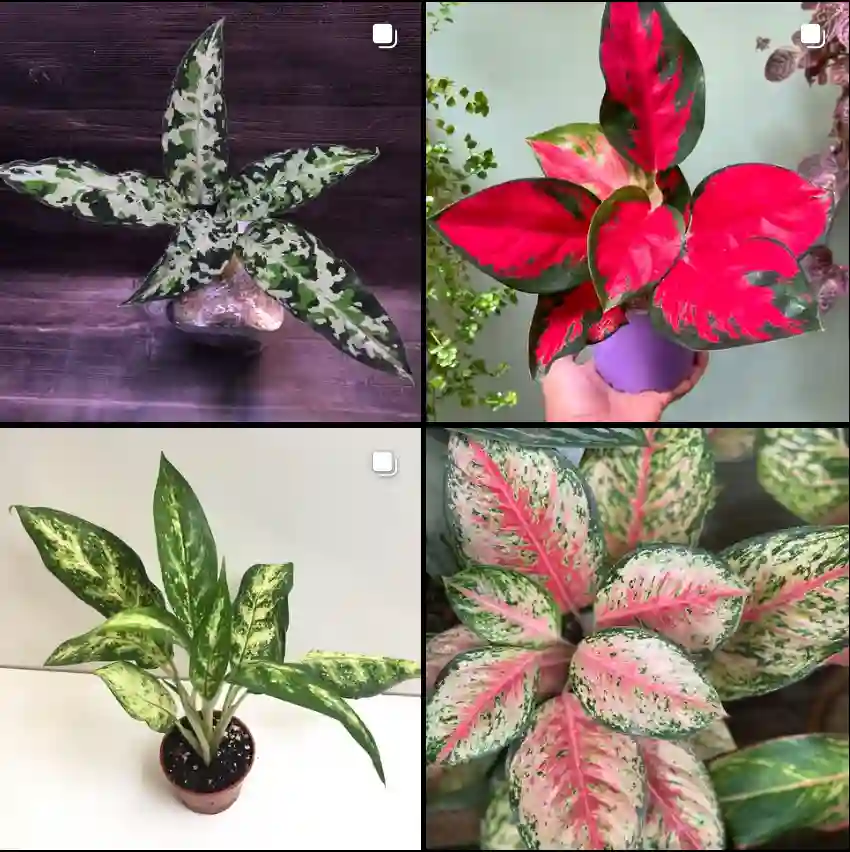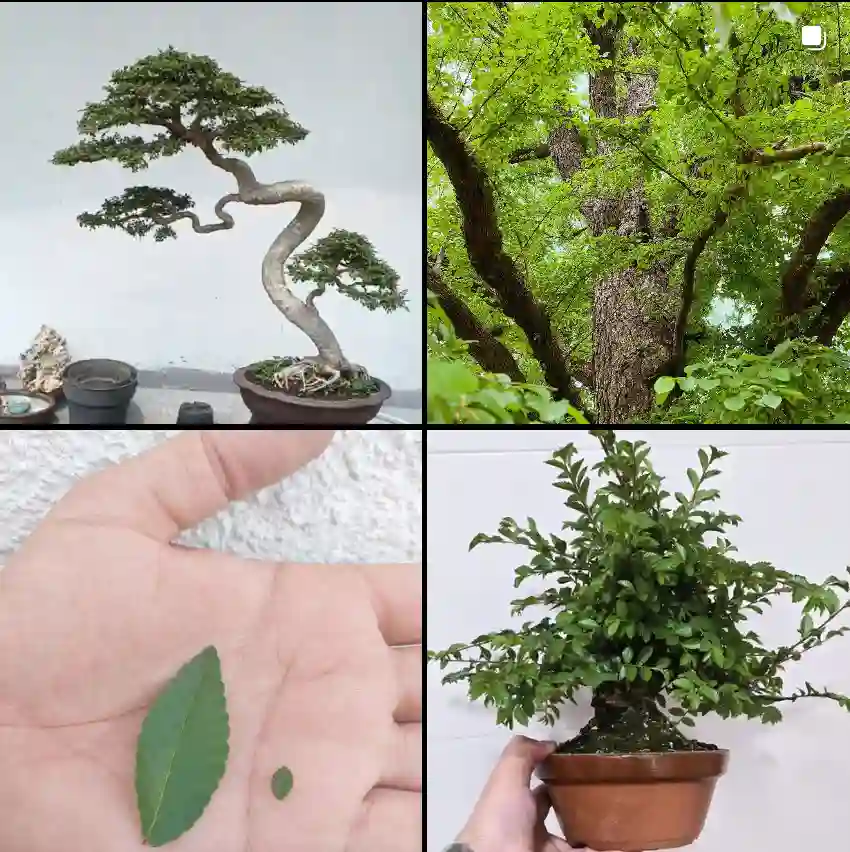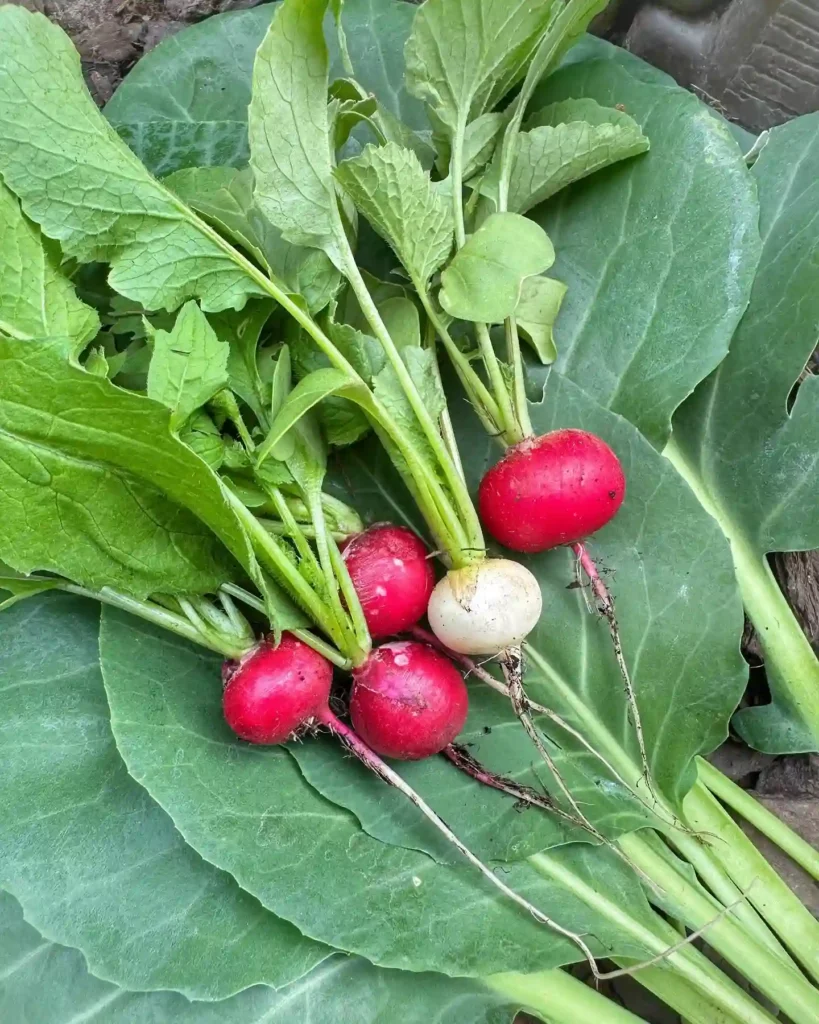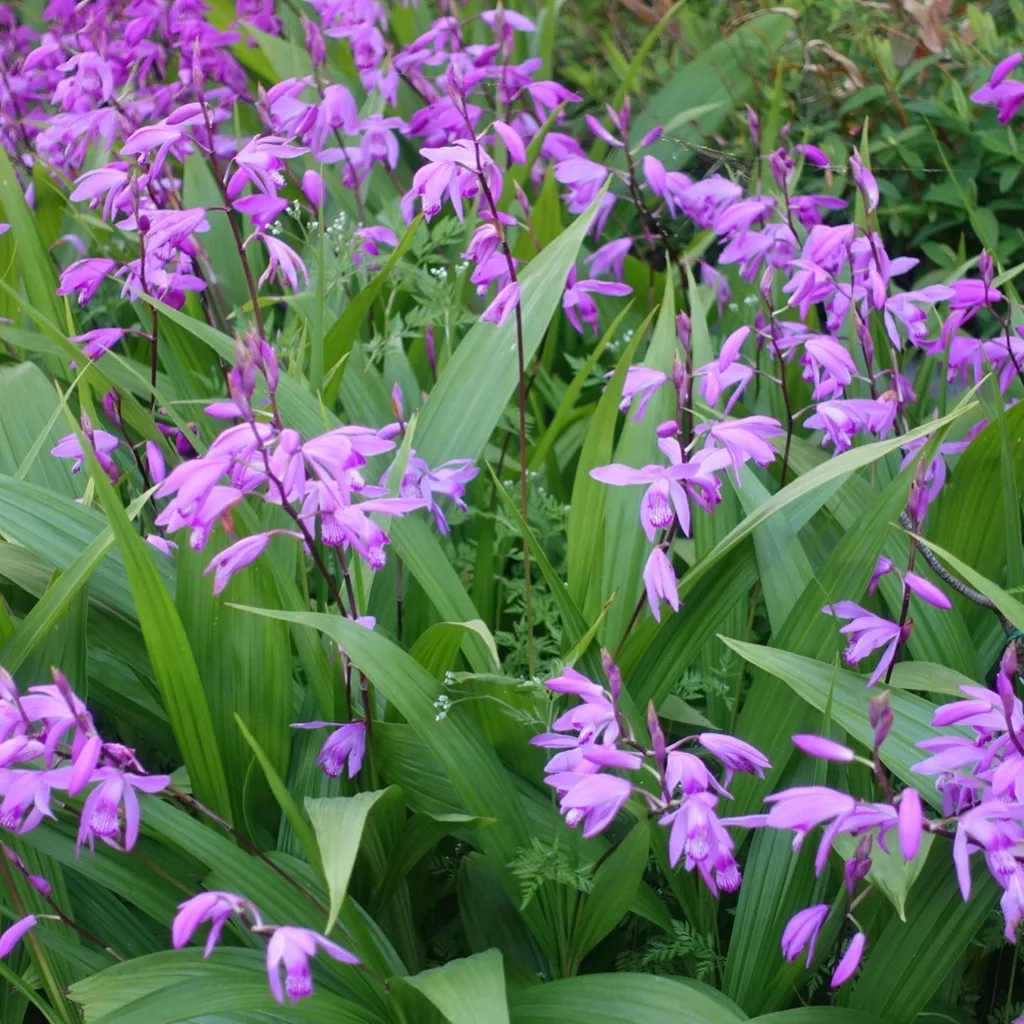A Journey into the World of Plantaginaceae
As an enthusiastic botanist, I, Ferb Vu, have always been captivated by the diversity and intricacies of the plant kingdom. One family that has particularly piqued my interest is the Plantaginaceae, a group of flowering plants with a fascinating history and a range of unique characteristics. Join me as I delve into the world of Plantaginaceae, exploring its botanical wonders and sharing my insights.
A Family in Transition: From Scrophulariaceae to Plantaginaceae
The Plantaginaceae family has undergone significant taxonomic revisions in recent years. Previously, many of its members were classified under the Scrophulariaceae family. However, advances in molecular phylogenetics revealed distinct evolutionary lineages within this group, leading to the reclassification of many genera into the Plantaginaceae. This shift has not only clarified evolutionary relationships but has also highlighted the unique features that define this family.
Morphological Marvels: Characteristics of Plantaginaceae
Plantaginaceae plants exhibit a remarkable range of morphological diversity. While the family is primarily composed of herbaceous plants, some species are shrubs or even small trees. Their leaves are often simple and arranged alternately or oppositely on the stem. The flowers, which are typically small and inconspicuous, are arranged in spikes or racemes. The fruit is usually a capsule, containing numerous tiny seeds.
Genera Galore: A Diverse Array of Plants
The Plantaginaceae family boasts a diverse array of genera, each with its unique charm and ecological significance.
- Plantago: This genus is perhaps the most well-known member of the family, comprising various species of plantains. These plants are commonly found in lawns, meadows, and disturbed areas, and their leaves are often used in traditional medicine for their healing properties. – 246 Species in Genus Plantago
- Veronica: Also known as speedwells, this genus encompasses a wide range of flowering plants with delicate, blue or purple flowers. These plants are often found in woodlands, meadows, and along streams, and they provide valuable nectar sources for pollinators. – 496 Species in Genus Veronica
- Digitalis: This genus includes the iconic foxgloves, renowned for their tall spikes of bell-shaped flowers. These plants are often cultivated in gardens for their ornamental value, but they also contain potent cardiac glycosides used in the treatment of heart conditions. – 35 Species in Genus Digitalis
- Antirrhinum: Commonly called snapdragons, this genus features a variety of flowering plants with distinctive, two-lipped flowers. These plants are popular in gardens for their vibrant colors and unique shapes, and they attract a variety of pollinators. – 29 Species in Genus Antirrhinum – Snapdragon
- Linaria: This genus includes the toadflaxes, a group of flowering plants with spurred, two-lipped flowers. These plants are often found in meadows, rocky areas, and along roadsides, and they provide valuable food sources for insects. – 203 Species in Genus Linaria
- Acanthorrhinum Rothm.
- Adenosma R.Br.
- Agathelpis Choisy
- Albraunia Speta
- Anamaria V.C.Souza
- Anarrhinum Desf.
- Ancistrostylis T.Yamaz.
- Angelonia Bonpl.
- Aragoa Kunth
- Asarina Mill.
- Bacopa Aubl. – 60 Species in Genus Bacopa
- Basistemon Turcz.
- Benjaminia Mart. ex Benj.
- Boelckea Rossow
- Brookea Benth.
- Bythophyton Hook.f.
- Callitriche L.
- Campylanthus Roth
- Chaenorhinum (DC.) Rchb.
- Cheilophyllum Pennell
- Chelone L. – 4 Species in Genus Chelone
- Chionophila Benth.
- Chodaphyton Minod
- Collinsia Nutt.
- Cymbalaria Hill
- Darcya B.L.Turner & C.P.Cowan
- Deinostema T.Yamaz.
- Dintera Stapf
- Dizygostemon (Benth.) Radlk. ex Wettst.
- Dopatrium Buch.-Ham. ex Benth.
- Ellisiophyllum Maxim.
- Encopella Pennell
- Epixiphium Munz
- Erinus L.
- Fonkia Phil.
- Gadoria Güemes & Mota
- Galvezia Dombey ex Juss.
- Gambelia Nutt.
- Geochorda Cham. & Schltdl.
- Globularia Tourn. ex L.
- Gratiola L.
- Hemiphragma Wall.
- Hippuris L.
- Holmgrenanthe Elisens
- Holzneria Speta
- Howelliella Rothm.
- Hydrotriche Zucc.
- Ildefonsia Gardner
- Kashmiria D.Y.Hong
- Keckiella Straw
- Kickxia Dumort.
- Lafuentea Lag.
- Lagotis Gaertn.
- Lapaea Scatigna & V.C.Souza
- Leucospora Nutt.
- Limnophila R.Br.
- Littorella P.J.Bergius
- Lophospermum D.Don – 7 Species in Genus Lophospermum
- Mabrya Elisens
- Matourea Aubl.
- Maurandella (A.Gray) Rothm.
- Maurandya Ortega
- Mecardonia Ruiz & Pav. – 10 Species in Genus Mecardonia
- Melosperma Benth.
- Misopates Raf.
- Mohavea A.Gray
- Monttea Gay
- Nanorrhinum Betsche
- Neogaerrhinum Rothm.
- Neopicrorhiza D.Y.Hong
- Nothochelone (A.Gray) Straw
- Nuttallanthus D.A.Sutton
- Ourisia Comm.
- Paederota L.
- Pennellianthus Crosswh.
- Penstemon Schmidel – 288 Species in Genus Penstemon
- Philcoxia P.Taylor & V.C.Souza
- Picrorhiza Royle ex Benth. – 2 Species in Genus Picrorhiza
- Poskea Vatke
- Pseudomisopates Güemes
- Pseudorontium (A.Gray) Rothm.
- Rhodochiton Zucc. ex Otto & A.Dietr.
- Russelia Jacq. – 48 Species in Genus Russelia
- Sairocarpus D.A.Sutton
- Schistophragma Benth. ex Endl.
- Schweinfurthia A.Braun
- Scoparia L.
- Scrofella Maxim.
- Sibthorpia L.
- Stemodia L.
- Tetranema Benth.
- Tetraulacium Turcz.
- Tonella Nutt. ex A.Gray
- Trapella Oliv.
- Triaenophora Soler.
- Trungboa Rauschert
- Umbraria Scatigna & V.C.Souza
- Uroskinnera Lindl.
- Veronicastrum Heist. ex Fabr. – 19 Species in Genus Veronicastrum
- Wulfenia Jacq.
- Wulfeniopsis D.Y.Hong
Ecological Importance: A Vital Role in the Ecosystem
Plantaginaceae plants play a vital role in the ecosystem, providing food and habitat for various organisms. Their flowers attract pollinators such as bees, butterflies, and flies, while their seeds are consumed by birds and small mammals. Some species, like plantains, are also used as larval food plants by certain butterfly species. Furthermore, Plantaginaceae plants contribute to soil stabilization and nutrient cycling, enhancing the overall health of the ecosystem.
Conclusion: A Family Worth Exploring
The Plantaginaceae family is a captivating group of plants with a rich history and a range of unique characteristics. From the humble plantains to the iconic foxgloves, these plants play a vital role in the ecosystem and offer a wealth of botanical wonders to explore. As a botanist, I am continually amazed by the diversity and resilience of this family, and I encourage you to join me in appreciating its beauty and significance.
If i die, water my plants!



